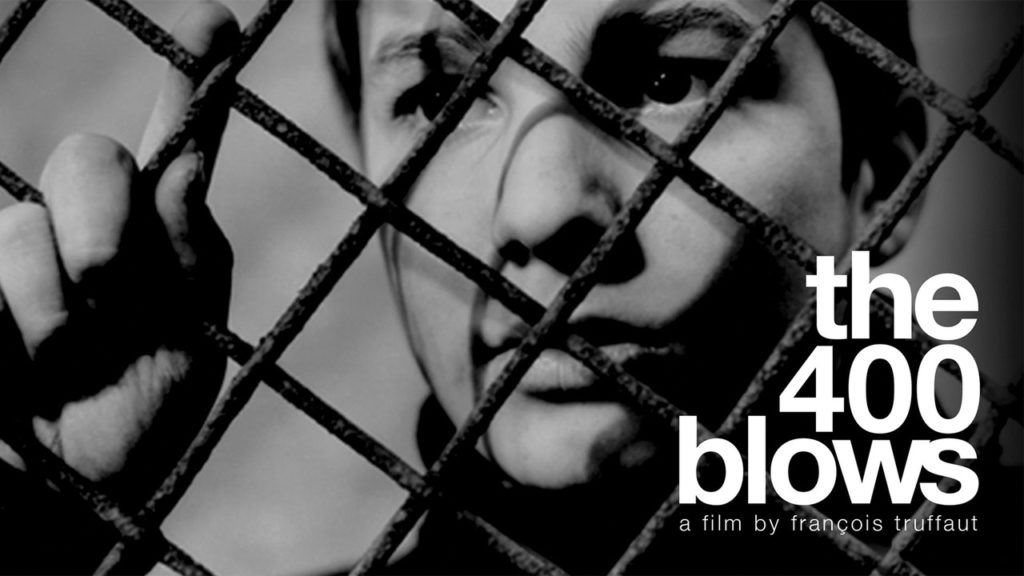Les Quatre Cents Coups (400 Blows, 1959) is François Truffaut’s debut feature, and one of my favorite films for its beautiful simplicity. 400 Blows is an autobiographical film co-written by Truffaut and Marcel Moussy, a childhood friend. The film is loosely structured around the theme of a child’s freedom from a callous adult world. Antoine embarks on a series of picaresque adventures from one repressive institution to the next. School, family, police station, reform school: each setting fails equally to solve Antoine’s problems, and the adults in his world have neither the time nor the awareness to provide Antoine the understanding he so desperately needs.
One of the most memorable scenes in the film takes place at a psychologist’s office in the reform school, where Antoine was sent after being caught for stealing a typewriter. Here Truffaut uses a static camera, framing Antoine in a medium shot and in the middle of the frame. The camera stays with Antoine as he responds to the psychologist’s questions. He tells his story in a series of shots with the same composition, each of which dissolves into the next. At the time this technique was rather unconventional for this type of scene. Classically this scene would be covered and edited using shot/reverse-shot. But what is most remarkable in this scene is the performance of Jean-Pierre Léaud. To achieve this level of authenticity, Truffaut sat across from Léaud to ask him the psychologist questions and encouraged him to improvise.
He instinctively found the right gestures, his corrections imparted to the dialogue the ring of truth and I encouraged him to use the words of his own vocabulary. When he saw the final cut, Jean-Pierre, who had laughed his way through the shooting, burst into tears; behind this autobiographical chronicle of mine, he recognized the story of his own life.
François Truffaut

Interesting!